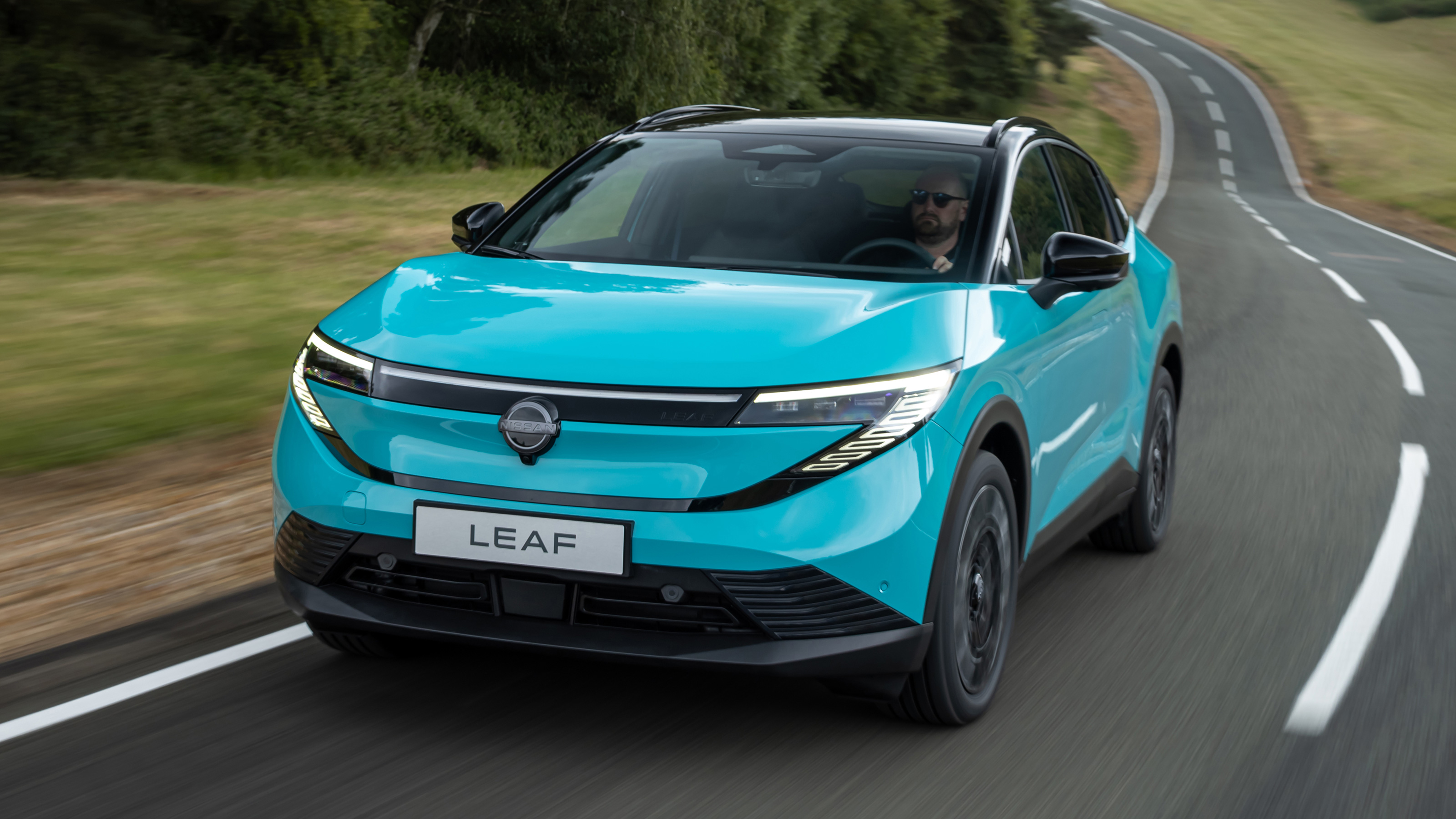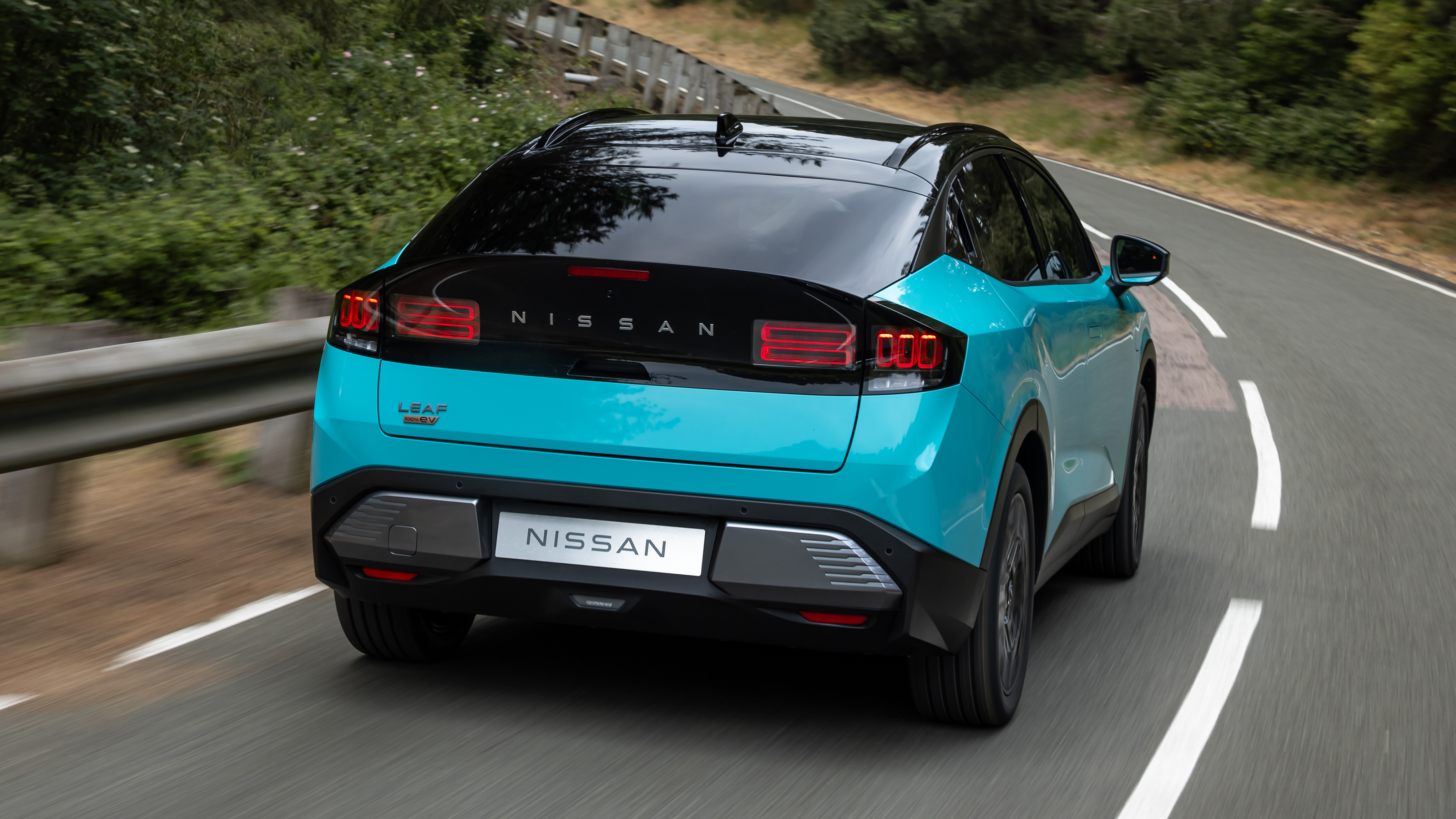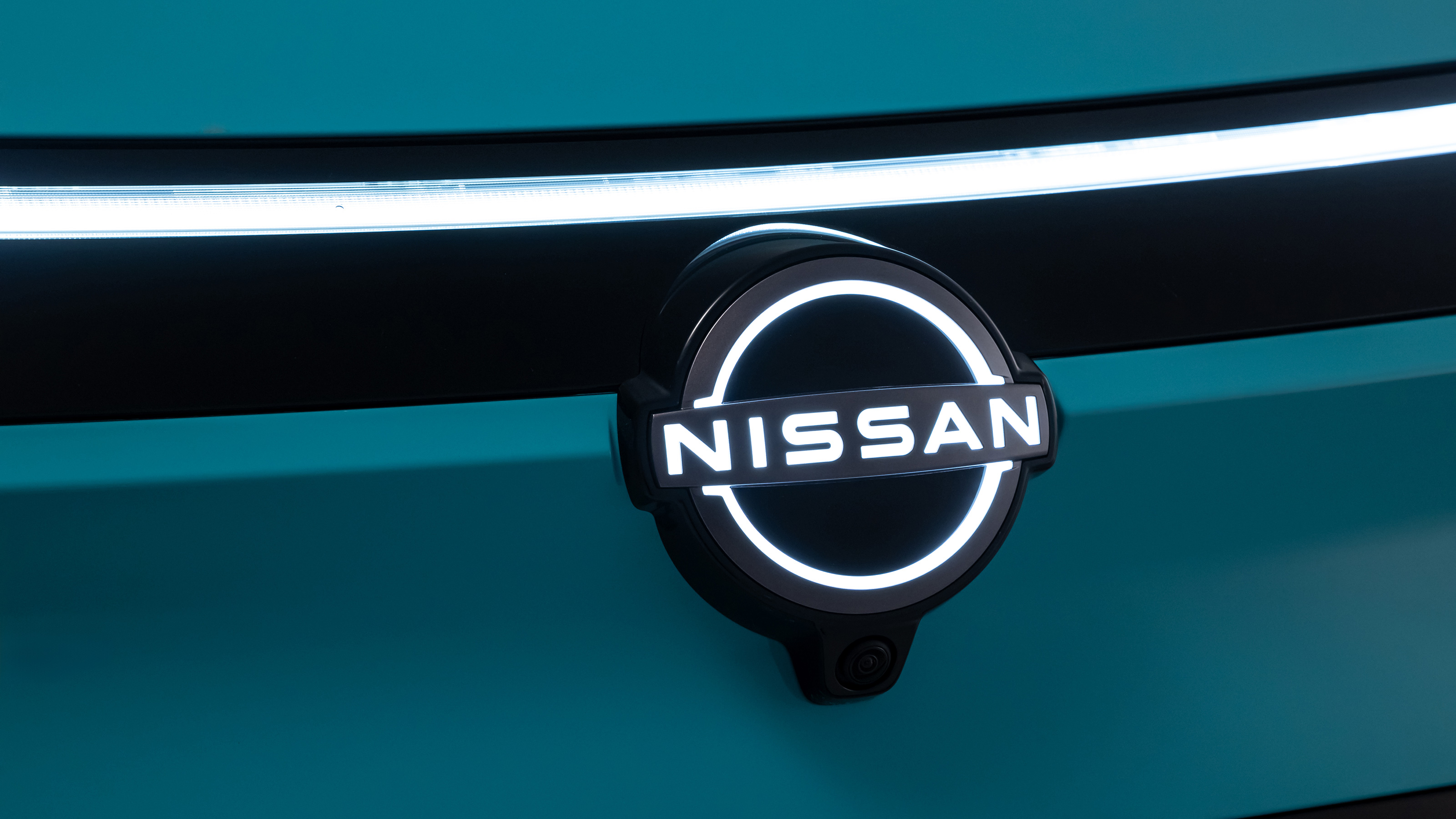
Another crossover. Of course.
Be not so quick to judgement, for this is one of the original mainstream electric car names, now reimagined for a wider, more tech-savvy and electro-literate audience.
I’d forgotten about the Leaf.
Indeed, when Nissan first launched its game-changing electric hatch back in 2010, it looked embarrassed to be there – mostly because it was 2010 and electric cars were upstairs having a debate while petrol engines were downstairs necking shots.
Now it’s 2025, and EVs haven’t just crashed the party, they’ve taken over the DJ, too. And sensing this is getting out of hand, perhaps we might accelerate away from this increasingly fraught analogy and into the Leaf’s… acceleration.
Presumably it has some?
Yes, but gentle acceleration. TopGear.com was privy to but two laps in a pre-production prototype at Nissan’s proving ground in Japan; a proving ground which strung together a very tempting long straight, a couple of hairpins and a bit of switchback (for reasons we’re unable to fathom, the pictures above were captured much closer to home at… Millbrook Proving Ground).
We weren’t allowed to go full Tsunoda – mostly because the Leaf isn’t a cursed second seat – but what we gleaned was very reassuring.
How so?
The Leaf has grown up. It feels a bit more premium, both in the control weights of its steering, and of its damping. It’s 28 per cent stiffer over the second-gen car, largely thanks to four-link rear suspension which, says Nissan, allows it to maintain good ride quality over rougher tarmac without falling to pieces.
Does it?
Admittedly the tarmac we tested it on was smooth and clean enough to eat your sushi off, but within a few metres the Leaf already felt composed, and most importantly for a car like this, comfortable.
It’s even changed the motor mounts to reduce vibration, and it certainly felt calm inside.
Now it’s 2025, will it smoke an old M3 at the lights?
Nissan has wisely avoided the temptation to simply fill the Leaf with neck-snapping accelerative force because – once again for the people at the back – this is a sensible, mainstream family car. And as such, needs to be measured. It feels it, at least from the two laps we had.
Nissan has yet given us a quoted 0-62mph time, but it wasn’t lacking in urgency, and nor was it quick enough to trouble an old M3 at the lights.
Top Gear
Newsletter
Thank you for subscribing to our newsletter. Look out for your regular round-up of news, reviews and offers in your inbox.
Get all the latest news, reviews and exclusives, direct to your inbox.
So how much power does it have?
Around 215bhp and 262lb ft from Nissan’s ‘3-in-1’ drivetrain. That denotes the inverter, motor and reducer packed within one casing for compactness, powered by a choice of two battery options driving the front wheels.
Both batteries are of course bigger than the outgoing second-gen car: an entry-level 53kWh battery, and a 75kWh version.
And how far will it go on one charge?
Around 600km, or 373 miles. Which is an enormous leap up from the second-gen Leaf’s abilities which hover around the 260-mile mark. Largely thanks to the improvements in electrification technology – which, once again for the people in the back, Nissan has been pioneering for over a decade and a half now – and also largely thanks to its shape.
Ah yes, another crossover. Of course.
It’s definitely more confident about who it is, that’s for sure. The design team has been led by aero: a smooth grille, sleek roofline, tapered rear, flat underbody, aero wheels. All of it not to bully and cajole the air around it like a McLaren W1, but rather to glide through it without drama.
Now’s the bit where you say ‘we’ll reserve full judgement until we’ve driven the final production car properly’, right?
We’ll have to reserve full judgement until we’ve driven the final production car properly, you’re right.
Featured

Trending this week
- Car Review
Renault Clio






